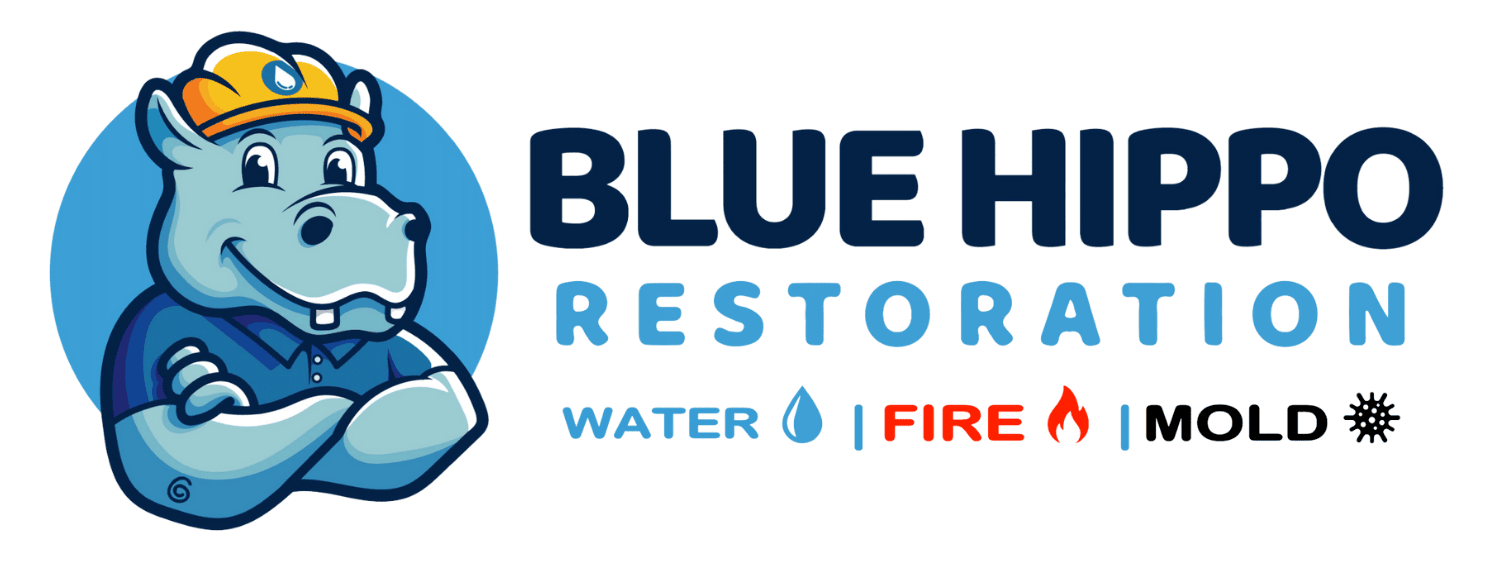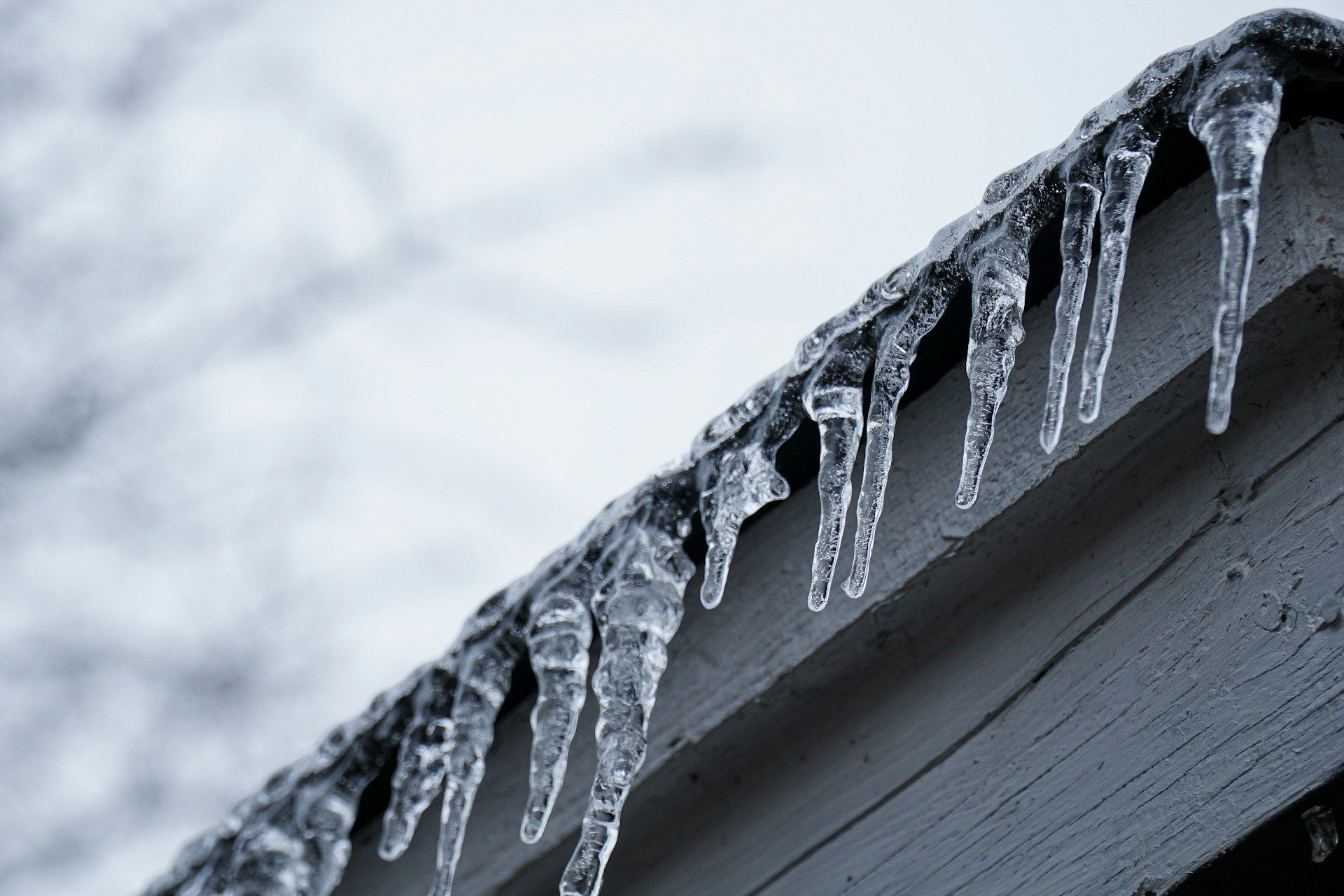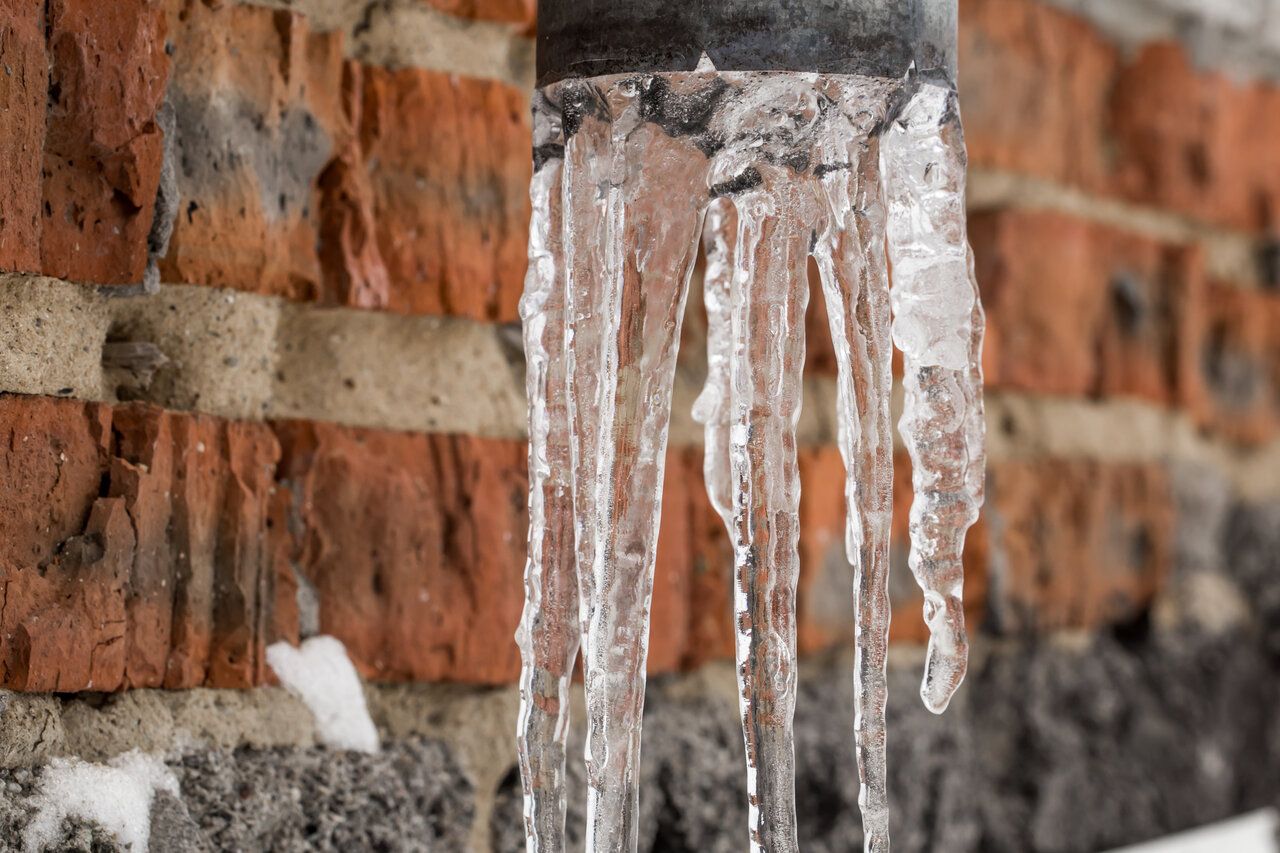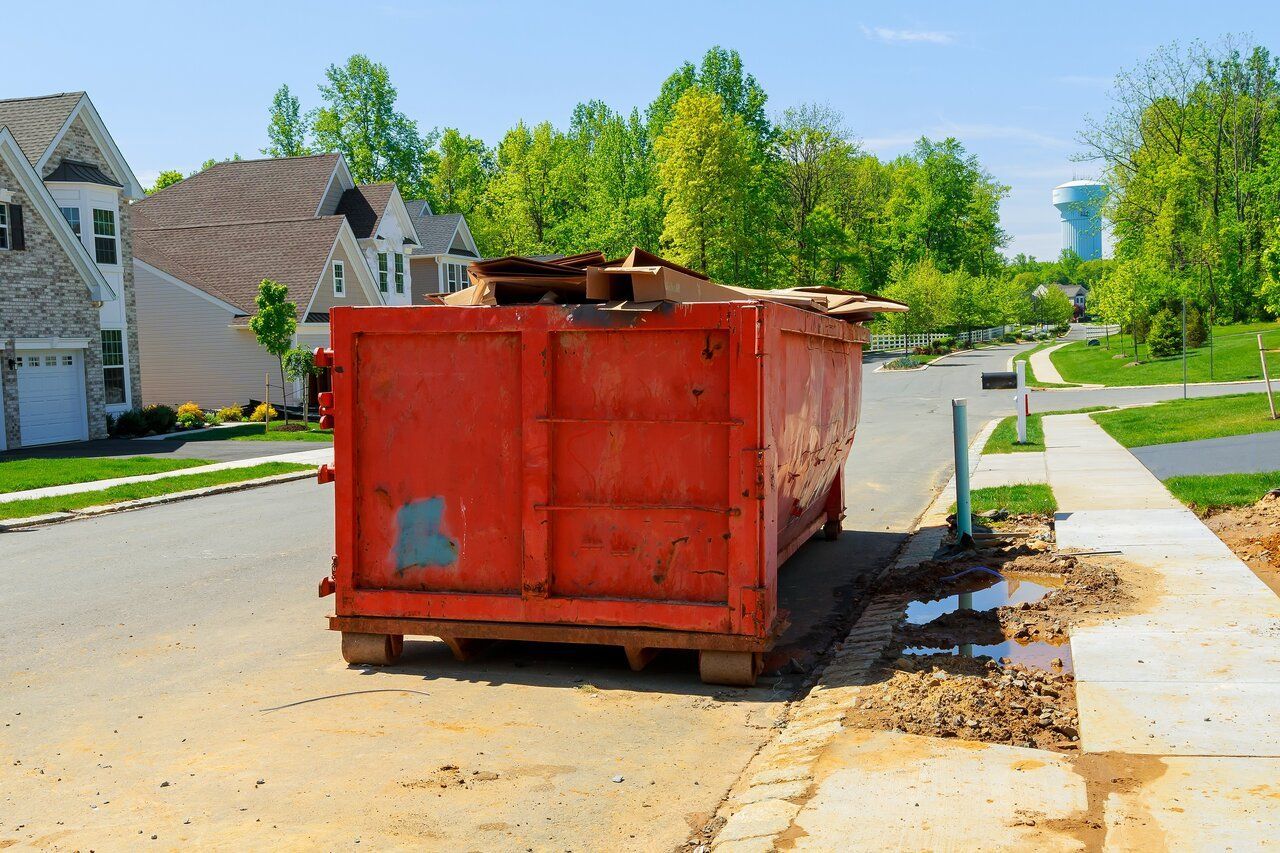
The Rise of Sustainable Roofing Options It's my firm belief that staying ahead of the curve is crucial, especially when it comes to home improvements as significant as a roof replacement. With 2025 on the horizon, it's time to consider how emerging roofing trends can benefit your property, both aesthetically and functionally. A new roof is a major investment, and understanding these trends is key to making an informed decision that will pay off for years to come. The Rise of Sustainable Roofing Options I’ve been observing a significant shift in homeowner priorities toward eco-conscious choices, and roofing is no exception. The demand for sustainable roofing solutions is clearly on the rise, driven by a desire to reduce environmental impact and save on energy costs. Energy-Efficient Materials The growing popularity of energy-efficient roofing materials is not merely a fad; it's a practical response to increasing energy costs and a growing awareness of environmental responsibility. Materials like solar tiles, which generate electricity, and specialized reflective shingles, which reduce heat absorption, are gaining traction. These materials can significantly lower your home's cooling costs during hot Texas summers, making them a smart investment. For instance, reflective shingles work by bouncing sunlight away from the roof, which keeps the attic cooler and reduces the workload on your air conditioning system. I’ve seen firsthand how this can translate to lower energy bills, sometimes by as much as 10-15%. Moreover, these materials often come with added benefits, such as increased durability and resistance to weather damage. While the initial investment might be higher, the long-term savings and environmental benefits make them an increasingly attractive option. Cool Roofs Cool roofs are designed to reflect more sunlight and absorb less heat than standard roofs. This simple yet effective principle can make a world of difference in terms of energy consumption and urban heat island effect. A cool roof can lower surface temperatures by as much as 50-60 degrees Fahrenheit compared to a conventional roof, dramatically reducing the amount of heat transferred into the building. The benefits extend beyond just lower energy bills. Cool roofs can also improve the lifespan of your roofing materials by reducing thermal stress. This is especially important in climates like Houston, where extreme temperature fluctuations can cause traditional roofing materials to expand and contract, leading to cracks and leaks over time. I believe cool roofs are not just a trend, but a necessary adaptation to our changing climate. Green Roofing Systems Green roofs, also known as living roofs, are roofing systems covered with vegetation and a growing medium, installed over a waterproofing membrane. While they might seem like a niche option, their popularity is growing rapidly, and for good reason. The advantages of green roofs are numerous. They provide excellent insulation, reducing both heating and cooling costs. They absorb rainwater, reducing stormwater runoff and the strain on municipal drainage systems. They improve air quality by absorbing pollutants and releasing oxygen. And, of course, they provide a beautiful, natural aesthetic that can significantly increase property value. However, green roofs do require careful planning and installation. The roof structure must be able to support the added weight of the soil and vegetation, and a proper drainage system is essential to prevent water damage. Despite these challenges, I am convinced that green roofs represent a valuable investment in the future, offering a multitude of environmental and economic benefits. Of course, one counterargument against these sustainable options is the higher upfront cost. Traditional asphalt shingles often have a lower initial price tag. However, I believe that the long-term savings in energy costs and potential increase in property value more than compensate for the initial investment. Moreover, government incentives and tax credits are often available to help offset the cost of sustainable roofing materials, making them even more accessible. Technological Innovations in Roofing Beyond sustainable materials, I’m closely watching how technology is reshaping the roofing industry, making installations more precise, maintenance more efficient, and overall performance more reliable. These innovations are poised to make a real difference for homeowners. Smart Roofing Technology Smart roofing technology is an emerging field that integrates sensors, data analytics, and automation to monitor and manage roof performance. These systems can detect leaks, monitor temperature and humidity levels, and even predict potential problems before they occur. Real-time monitoring allows for proactive maintenance, preventing minor issues from escalating into major repairs. For example, imagine a system that alerts you to a small leak in your attic before it causes significant water damage. Or a system that monitors the temperature of your roof and automatically adjusts ventilation to prevent ice dams from forming during the winter. These are just a few of the possibilities that smart roofing technology offers. While the technology is still relatively new, I believe it has the potential to revolutionize the way we maintain and manage our roofs. As the cost of sensors and data analytics decreases, I expect to see smart roofing technology become increasingly commonplace in the years to come. Roofing Software and Precision Advanced software is playing an increasingly important role in all aspects of roofing, from design and planning to installation and maintenance. Sophisticated 3D modeling software allows contractors to create accurate roof designs that optimize for structural integrity, energy efficiency, and aesthetic appeal. Software also enables more precise material calculations, reducing waste and ensuring that the right amount of materials are ordered for each project. During installation, laser-guided tools and drones can be used to ensure that shingles are installed correctly and that the roof is properly aligned. The result is a higher quality roof that is more durable, more energy-efficient, and less prone to problems. I've seen how this precision can dramatically reduce the likelihood of leaks and other common roofing issues, saving homeowners money in the long run. Automated Installation Processes While fully automated roofing installation is still a ways off, advancements in automation are already making a significant impact on the roofing industry. Automated nail guns, robotic material handlers, and drone-based inspection systems are all helping to improve the speed, safety, and efficiency of roofing projects. These technologies reduce the risk of human error, minimize worker fatigue, and improve overall productivity. They also allow contractors to complete projects faster and with fewer workers, which can translate to lower labor costs for homeowners. I think the increased safety alone makes the investment worthwhile. Roofing can be a dangerous job, and automation helps to minimize the risks involved. One potential downside is the cost of implementing these technologies. Small roofing companies may struggle to afford the initial investment. However, as the cost of automation decreases and the benefits become more apparent, I expect to see these technologies become more widely adopted. Market Trends and Homeowner Preferences Beyond sustainability and technology, I believe that understanding current market trends and homeowner preferences is essential for making informed roofing decisions. A roof is a significant investment, and it should not only be functional but also aesthetically pleasing and in line with your personal style. Aesthetic Preferences Aesthetic preferences in roofing are constantly evolving, influenced by broader design trends and regional architectural styles. Currently, I'm seeing a growing demand for darker colored roofs, particularly charcoal gray and black, which provide a modern and sophisticated look. These colors also tend to absorb more heat, which can be beneficial in colder climates. However, lighter colors are still popular in warmer climates like Texas, as they reflect more sunlight and help to keep homes cooler. In terms of design styles, I'm seeing a trend toward clean, minimalist lines and a preference for durable materials that require minimal maintenance. Ultimately, the best aesthetic choice depends on your personal preferences and the overall style of your home. However, it's important to be aware of current trends and to choose a roofing material that complements your home's architecture and enhances its curb appeal. Influence of Climate Considerations Climate and regional weather patterns play a significant role in determining the best roofing materials for your home. In areas prone to hurricanes and high winds, such as the Gulf Coast, it's essential to choose roofing materials that are designed to withstand extreme weather conditions. Impact-resistant shingles, metal roofing, and tile roofing are all good options for hurricane-prone areas. These materials are more resistant to wind damage and can help to protect your home from flying debris. In areas with heavy snow, it's important to choose roofing materials that can withstand the weight of the snow and prevent ice dams from forming. In hot, sunny climates like Texas, it's important to choose roofing materials that are reflective and energy-efficient. Cool roofs, as mentioned earlier, are an excellent choice for these climates. I always advise homeowners to consider their local climate and weather patterns when choosing roofing materials. Cost-Benefit Analysis of Roof Replacement When it comes to roof replacement, it's important to consider both the upfront costs and the long-term benefits. While a cheaper roofing material might seem appealing at first, it may not be the best choice in the long run. Factors to consider include the lifespan of the roofing material, its resistance to weather damage, its energy efficiency, and its potential impact on property value. A more expensive roofing material that lasts longer, requires less maintenance, and improves energy efficiency can actually save you money in the long run. For example, metal roofing has a higher upfront cost than asphalt shingles, but it can last two to three times longer and requires very little maintenance. Metal roofing is also highly resistant to fire, wind, and hail, which can save you money on insurance premiums. I believe that a careful cost-benefit analysis is essential for making informed roofing decisions. One common counterargument is that homeowners on a tight budget may not be able to afford the more expensive roofing materials. While this is certainly a valid concern, it's important to remember that there are financing options available to help offset the cost of roof replacement. Additionally, some roofing contractors offer discounts or incentives for using sustainable or energy-efficient roofing materials. In conclusion, as we approach 2025, it's clear that the roofing industry is undergoing significant changes, driven by sustainability concerns, technological advancements, and evolving homeowner preferences. By staying informed about these trends, you can make the best choice for your home, ensuring that your new roof is not only functional and durable but also environmentally friendly and aesthetically pleasing. If you're in the Houston area and considering a roof replacement, feel free to contact us for a free estimate. We'd love to discuss your options and help you find the perfect roofing solution for your home.
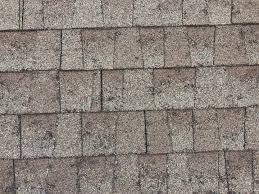
**Understanding Hail Damage to Your Roof: What You Need to Know** As a homeowner, the last thing you want to experience is hail damage to your roof. Unfortunately, it’s a reality many homeowners face, especially during stormy seasons. Hail can cause significant damage to your roof, leading to costly repairs if not addressed quickly. In this blog post, we’ll explain what hail damage is, how it affects your roof, and what you can do to protect your home. ### What is Hail Damage? Hail damage occurs when ice balls, or hailstones, fall from the sky during severe weather. Hailstones vary in size, ranging from small pellets to golf ball-sized chunks of ice. When they hit your roof, they can create dents, cracks, or punctures in roofing materials, leaving your roof vulnerable to leaks and further damage. Depending on the size and intensity of the hail, the damage can range from minor cosmetic issues to more serious structural problems. That’s why it's essential to assess the damage as soon as possible and take action to prevent further deterioration. ### How Hail Damages Your Roof Hail damage can affect different types of roofing materials in various ways. Here's how hail impacts common roof materials: - **Asphalt Shingles:** Hailstones can cause bruising or granule loss on asphalt shingles, weakening their ability to protect your home from the elements. The loss of granules reduces the lifespan of your shingles and can lead to leaks. - **Wood Shingles and Shake:** Hail can cause cracks or breaks in wooden roofing materials, which are prone to splitting under impact. Even small hailstones can cause noticeable damage to wood shingles. - **Metal Roofing:** While metal roofs are more durable, they are not immune to hail damage. Hailstones can leave dents, which may not necessarily affect the roof’s functionality but can be an eyesore. - **Tile Roofing:** Hail can crack or chip ceramic or concrete tiles, which may compromise their ability to shed water effectively and lead to leaks. ### Signs of Hail Damage to Look For After a storm, it’s important to inspect your roof for any signs of damage. Here are some common indicators: 1. **Granule Loss (Asphalt Shingles):** Look for black granules in your gutters or around your yard. This could be a sign of hail damage to your shingles. 2. **Dents and Dings:** Check for visible dents on the surface of your roof, particularly on metal or asphalt shingles. 3. **Cracks and Splits:** Inspect shingles for cracks, chips, or breaks, especially if you have wood or tile roofing materials. 4. **Water Leaks:** If you notice water stains on your ceiling or walls, it may be a sign that hail has caused a breach in your roof’s protective layer. 5. **Debris on the Roof:** Large pieces of hail can sometimes break off and leave debris on your roof. If you see this, it’s important to investigate further. ### Why You Should Address Hail Damage Immediately Even though hail damage may not always be immediately visible, it can cause long-term issues if left unaddressed. Small cracks and granule loss can lead to bigger problems, such as water leaks, mold growth, and structural damage to your home. If your roof is compromised, you could be looking at expensive repairs or even roof replacement down the road. Addressing hail damage quickly can prevent further deterioration and help preserve the integrity of your roof. Moreover, most homeowner’s insurance policies cover hail damage, so timely repairs can help you avoid costly out-of-pocket expenses. ### Steps to Take After Hail Storms 1. **Don’t Climb on the Roof:** After a hailstorm, it’s essential to stay safe. Don’t attempt to climb onto your roof without proper equipment or training. It’s always best to call a professional roofing contractor to perform a thorough inspection. 2. **Check for Exterior Damage:** Walk around your home and inspect your roof from the ground. Look for missing shingles, dents, or visible cracks on the surface. 3. **File an Insurance Claim:** If you suspect hail damage, contact your insurance company. They can send an adjuster to assess the damage and help guide you through the claims process. 4. **Contact a Professional Roofing Contractor:** A certified roofing contractor can provide a detailed inspection and assess the extent of the hail damage. They can also help with repairs or roof replacement if necessary. ### How to Prevent Hail Damage in the Future While it’s impossible to prevent hailstorms, there are steps you can take to reduce the likelihood of severe damage: - **Consider Upgrading Your Roof:** If you live in an area prone to hailstorms, consider upgrading your roof to more hail-resistant materials, such as impact-resistant shingles or metal roofing. - **Install Roof Protection:** Roof shields or hail guards can add an extra layer of protection to your roof, helping minimize the impact of hailstones. - **Regular Roof Maintenance:** Regular inspections and maintenance can help detect early signs of wear and tear, allowing for repairs before hailstorms hit. ### Conclusion Hail damage is a serious concern for homeowners, but with timely action, it’s possible to minimize the impact and prevent further damage. Always be proactive after a hailstorm by inspecting your roof, contacting your insurance provider, and seeking professional help from a reliable roofing contractor. By staying vigilant, you can ensure your roof stays in top condition for years to come. If you suspect hail damage to your roof, contact us today for a free inspection. Our team of experienced roofing professionals is here to help with repairs or replacements to keep your home safe and secure.
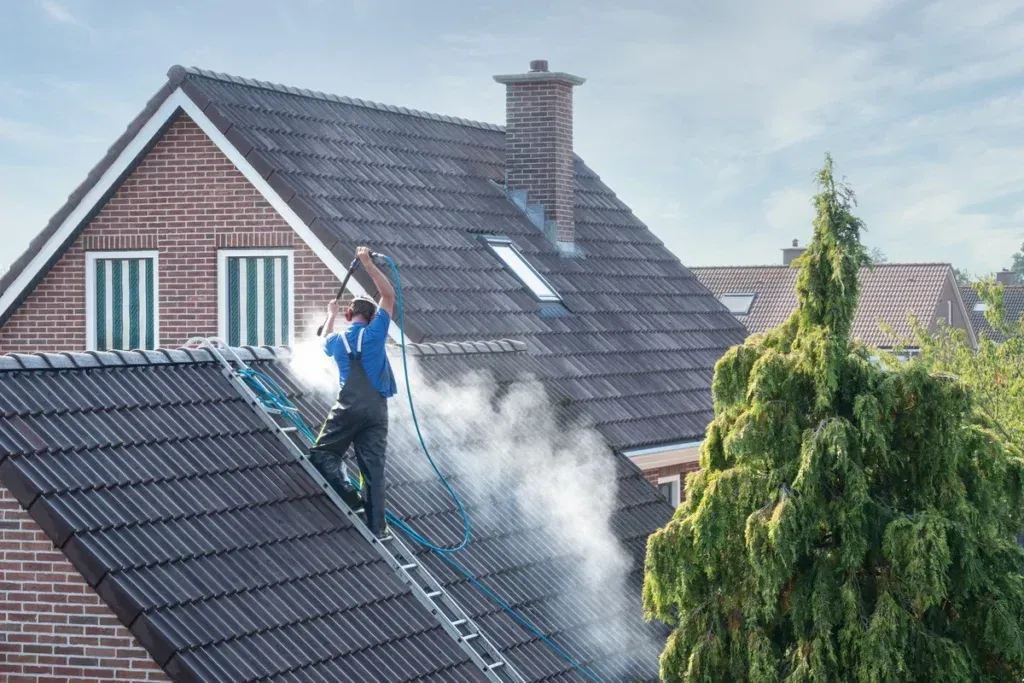
At Blue Hippo Restoration, we understand that your property is more than just a building—it’s your home, business, investment, and sanctuary. That’s why we are dedicated to delivering high-quality restoration services with a focus on value, reliability, and customer satisfaction. Whether it’s addressing a sudden plumbing emergency or restoring your property after fire damage, our team is here to provide solutions that bring peace of mind and long-term results.
